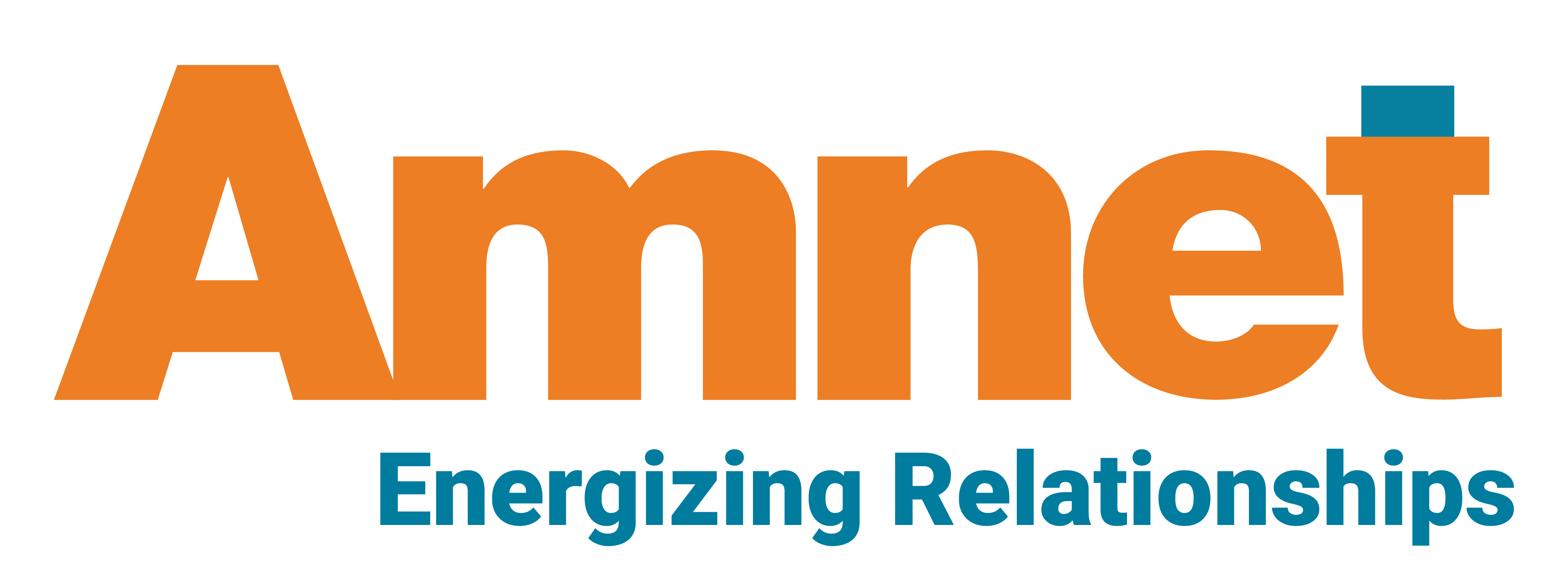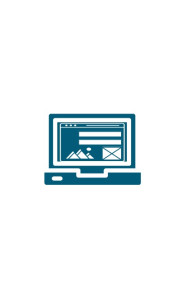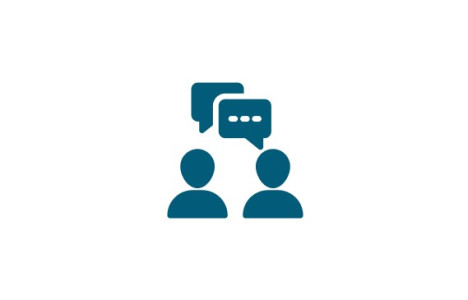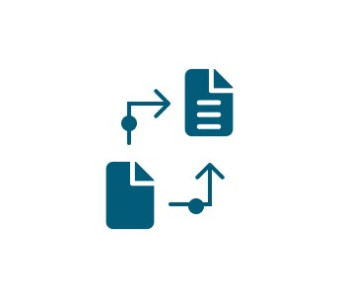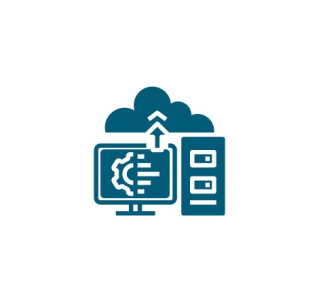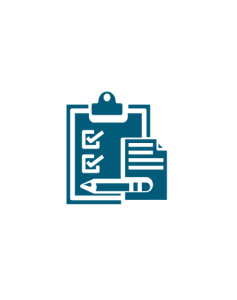Giving accurate information about the subject or genre of a book is an important aspect of marketing books to potential customers. This subject categorization is common to publishers, librarians and booksellers. Publishers create catalogues or marketing collateral showing the subject of the book. Librarians follow clear and precise cataloguing rules to attribute subject codes to the titles in their collections. Booksellers shelve titles in subject sections to help clients find the titles.
With the growth of EDI (Electronic Data Interchange) various book trade subject category schemes were developed to provide standard subject headings and codes. These schemes support easy identification of subjects and consistent tracking of sales statistics. These subject or category schemes were usually created by national bodies. BISAC codes were one of the first, created for the U.S. market in 1995. The BIC subject scheme launched in 1997 in the U.K. There are equivalents to these schemes in many countries.
Since the first subject code schemes were launched, there has been an explosion in online selling and in the importance of digital versions of content. There is more and more content available to a greater number of consumers in an increasingly global market.
The growth of this global market has been the background to creation of ONIX, the standard message format to transmit book metadata in the global book supply chain. The ONIX standard allows publishers to communicate the same information, to any trade partner, anywhere in the world.
However, a publisher trading in multiple markets and with retail clients who also trade in many countries would have to send multiple subject codes from many different book trade subject schemes: BISAC for the US and Canada, BIC for the UK , CLIL for France, NUR for the Netherlands, WGS for Germany, and so on. The ONIX code list of recognized subject schemes (list 27) is one of the longest of all ONIX lists. Mapping to various country subject schemes creates a lot of work for publishers, data aggregators, and retailers. Often, they have to create multiple mappings from the different schemes to their own scheme or to the subject scheme they prefer. These different schemes also increase the potential loss of detail or accuracy.
THE ORIGINS OF THEMA
The need to reduce the duplication of work where more than one scheme is in use, and the elimination of the costly and imprecise mapping process, inspired the idea that the international book trade needed a single global standard scheme to simplify the communication of the subject codes around the globe. The initial idea was an attempt to ‘internationalize’ BIC, which is very British and orientated towards the U.K. book trade.
Modified versions of BIC were already in use in Spain, Italy and other countries. During 2011 and early 2012, a proposal for a more internationally balanced version of the BIC scheme, at the time named IBIC, emerged. IBIC itself was never released in finished form but it led to the formation of a much larger group of stakeholders, including BISG and BookNet Canada, who were willing to work on a global scheme that ultimately became Thema.
The goal was to create a scheme that was multi-cultural and multi-lingual, applicable to all parts of the book supply chain, and flexible enough to allow each market to retain its unique cultural voice, all while remaining a unified and simple-to-adopt scheme. It was, and still is, suitable to be used alongside existing national schemes. Thema is managed and maintained by EDItEUR, which also manages the ONIX standard. A number of national or regional interest groups, comprised of stakeholders in each market, send representatives to the Thema International Steering Committee and make suggestions and decisions about the development of Thema. The national and regional interest groups ensure that the scheme remains global and commercially relevant.
How Thema Is Structured?
Thema has a hierarchy of subjects. There are 20 top-level categories, with varying depths of sub-categories. Each of these has a language-independent alphanumeric code and an associated heading. In some cases, they may also have an associated usage note. There are about 3000 of these subject headings. The hierarchy implies that books should be classified to the most detailed appropriate level and a book classified as – for example – AGA (History of art) is also automatically and more generally associated with the AG (Fine arts: treatments & subjects) and A (The arts) categories. The headings have been translated into about 20 languages so far. The codes can be transmitted to any partner without the meaning of the category changing.
In addition to the headings, there are ‘qualifiers’ that can be used to refine the meaning of the main subject categories. There are six of these qualifier types:
- Place qualifiers – where the book is about or where the action takes place.
- Language qualifiers – the language the book is about (and not the language the book is in).
- Time period qualifiers – the book is about this period (a history book), or the action takes place in the period (an historical novel)
- Educational level qualifier – the grade, specific curriculum, exam, type of education etc.
- Interest qualifier – gives an idea of a group that may be especially interested by this title, (e.g. 15 years old and up, African-Americans, Buddhists, Lesbians etc.)
- Style qualifiers – which are used with the arts subjects (e.g. ‘Gothic’ used with art or architecture)
Finally, there are ‘national extensions’ within the qualifiers. These are a very important part of Thema and allow for a local feel to a global scheme. The extension codes are arranged so that national extensions can be truncated to leave a meaningful ‘global level’ qualifier if the national extension is too specific.
Thema is a post-coordinated scheme that allows meaning to be built up by using one or more subject codes plus qualifiers. This ensemble carries the ‘subject’ of the book. This approach differs from that used for BISAC subject codes, in which a single code is used to bring together different concepts to give meaning.
To illustrate this, if you were classifying a travel guide to Boston you would send the BISAC code TRV025060 – TRAVEL / United States / Northeast /New England (CT, MA, ME, NH, RI, VT). With Thema you would send two codes WTH – Travel Guides + 1KBB-US-NEMB – Boston. The post co-ordination aspect of Thema gives it a greater choice of meanings through possible combinations of codes.
This flexibility is useful for a global scheme and is also well adapted to a facetted search model within a product catalogue or online store. Subject classification provides the core context within which other search strategies can be used. It may not be visible to the end user, but it underpins the search and retrieval logic. The basic function of any subject scheme is to provide a key access point for research and discovery for consumers, to enrich product information between trading partners, to inform purchasing decisions, to enable a common language for sales reporting, to identify trends, and so on. Thema provides these things on a global level.
Disclaimer:
This is to inform readers that the views, thoughts, and opinions expressed in the article belong solely to the author, and do not reflect the views of Amnet.
Copyright © 2023 Amnet. All rights reserved. No part of this publication may be reproduced, distributed, or transmitted in any form or by any means, including photocopying, recording, or other electronic or mechanical methods, without the prior written permission of the publisher, except in the case of brief quotations embodied in critical reviews and certain other non-commercial uses permitted by copyright law. For permission requests, write to [email protected].

